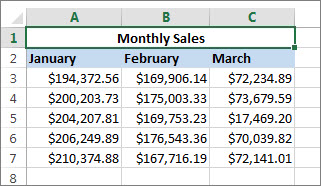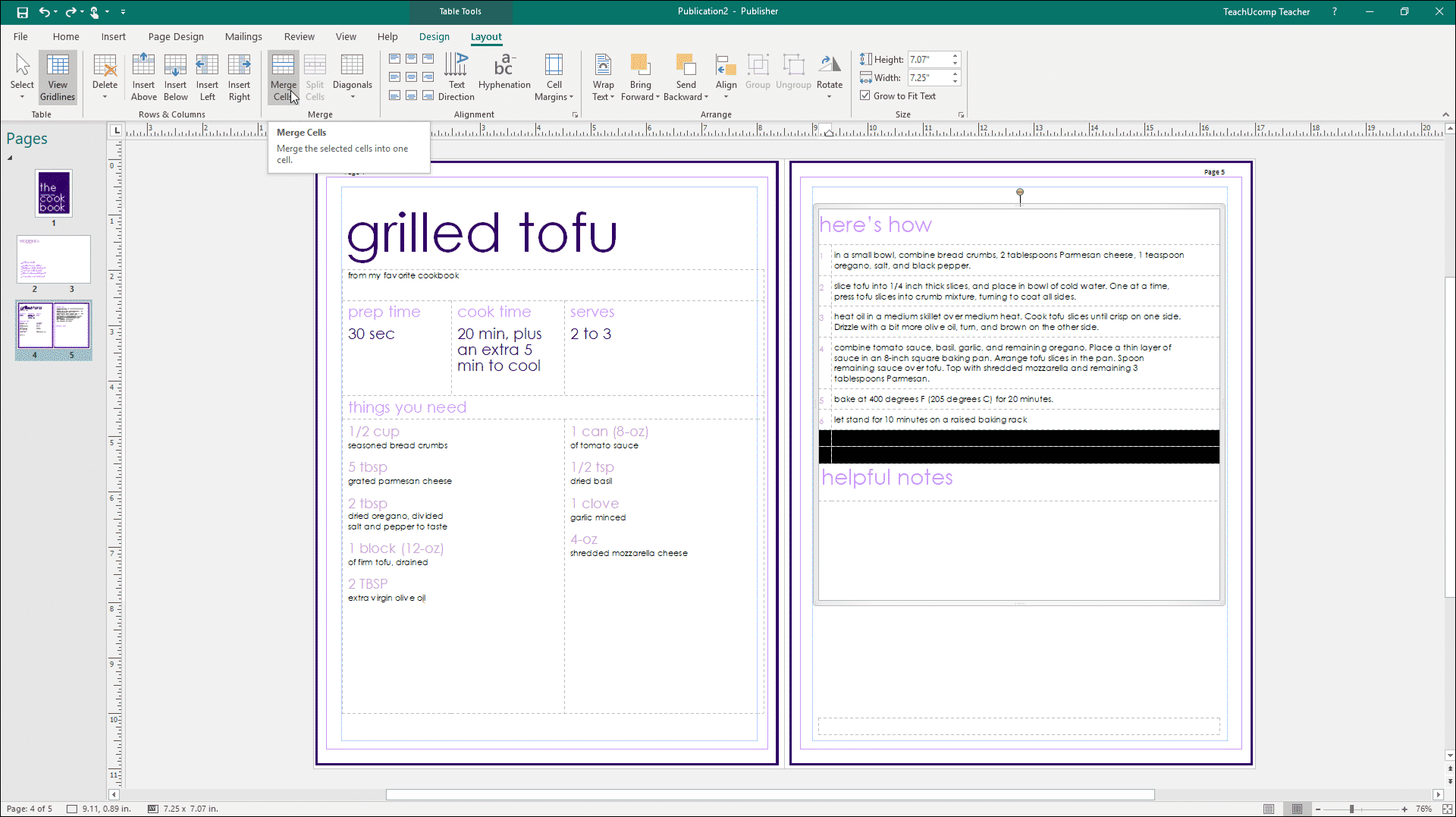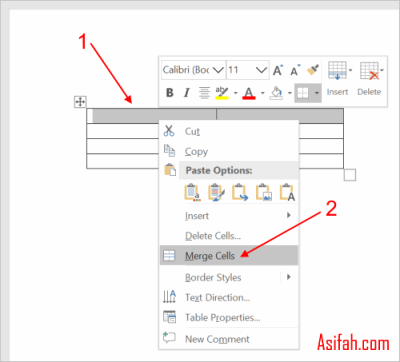

- HOW TO MERGE CELLS IN WORD 2016 UPDATE
- HOW TO MERGE CELLS IN WORD 2016 WINDOWS 10
- HOW TO MERGE CELLS IN WORD 2016 WINDOWS
We anticipate releasing the fix for this issue in the next monthly update, tentatively scheduled for October 3, 2017. If you have a Click-to-Run edition of Office, such as Office 365 Personal, you won’t encounter this issue.Īs a workaround, you can uninstall both KBs and your tables will return to normal.
HOW TO MERGE CELLS IN WORD 2016 WINDOWS
This issue occurs only for those who receive Office 2016 updates using Windows Installer technology (MSI). If you open an existing document that has a table with merged cells, the cells will appear to be blank. However, you may notice a glitch that happens when you create a mail merge in Microsoft Word with Excel data, that is, the number formatting in Excel doesn’t show up correctly in the Word document. If you merge vertical cells in a table, the cell content disappears, and you can’t select the merged cell. The mail merge feature in Microsoft Word is a time-saving option to create repetitive documents from letters to contracts to emails to labels and more.
HOW TO MERGE CELLS IN WORD 2016 UPDATE
September 5, 2017, update for Word 2016 (KB4011039), you may encounter the following issues: Browse to find your Excel spreadsheet you previously saved, and. choose the kind of merge you want to run. On the Mailings tab, choose the ‘Start Mail Merge’ button, a list of different types of documents will drop down (i.e. Or KB 4011039, merged table cells don’t work correctly in Word or Outlook ISSUEĪugust 8, 2017, update for Word 2016 (KB3213656) or the In Word, open the existing file and press the ‘Mailings’ tab in the main menu. Thanks for all your feedback. This known issue for Word 2016 has been published in the following article: After installing KB 3213656
HOW TO MERGE CELLS IN WORD 2016 WINDOWS 10
We're using Office 2016 (not click to run) x86 on Windows 10 圆4 If the content you want in the merged cells is not in the upper. When you merge cells, the information in the upper left cell is centered in the merged cell. It is not the same as combining cells because when you combine cells, the data in those cells is also combined. Also is there some workaround or obvious fix that i'm missing? Merging cells simply means that you merge a group of cells into one cell. My question is: has any one else noticed this? I cant seem to find anyone else with the same issue online. Important than and extra few clicks in a spell check) I have checked styles/indenting and all that but it's like the cells are completely empty.uninstalling the hotfix fixes the issue immediately, which is what we're doing for now (tables are more Doesn't matter which view you use in Word.

Any of those cells will appear completely blank. If you open an existing document that has cells that have been merged previously. You cannot click into it, type into it or right click it. Basically if you merge two or more cells, as long as at least two of the cells are in different rows, the resultant cell becomes completely unusable. We have since noticed that this has broken tables in both WordĪnd Outlook. In those cases, you'll need to either adjust the column width or use a formula that actually results in text being displayed, such as with the TEXT function.We have applied KB3213656 to our Office 2016 environment in order to fix the Outlook spell check issue mentioned in the KB article. (This happens regardless of whether the cell is a non-merged or merged cell.) Instead, you'll see the "#" designation indicating that your cell is too narrow for the result to be displayed.


In addition, if the merged cell contains a formula that results in a numeric value (this includes date values which look like text, but aren't), then the result won't wrap to additional rows in the cell. If you are looking for an automatic way to have Excel adjust row height on merged cells, you might want to consider this tip. In a merged cell, however, that doesn't happen-the row height stays unchanged and you'll need to adjust it manually. In a regular cell, you'll likely see the row height adjust automatically to display all the wrapped text. There are differences, though, in what happens after you turn on text wrapping in a regular cell versus a merged cell. (An alternative method is to display the Alignment tab of the Format Cells dialog box and use the Merge Cells check box.) All you need to do is select the cell in which you want text merged, display the Home tab of the ribbon, and click the Wrap Text tool-that's it. The short answer is that, yes, there is a way, and it is the same way you would wrap text in a non-merged cell. In the drop-down menu that appears, select Labels. Rachel wrote in to ask if there is a way to wrap text in merged cells without resorting to using macros. Next, head over to the Mailings tab and select Start Mail Merge.


 0 kommentar(er)
0 kommentar(er)
